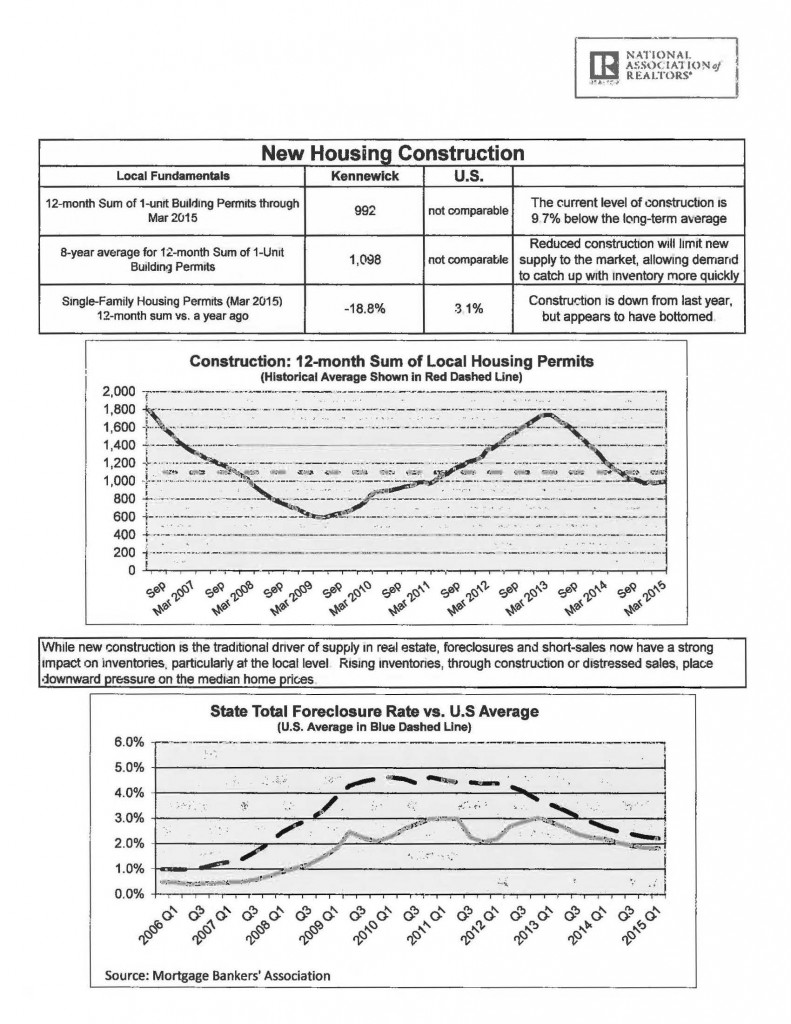Statistically speaking, housing is on a roll. Year-to-date home sales are up 6.3 percent and prices in May were 7.9 percent higher than a year earlier. The trends are expected to stay positive and are likely to boost business dollar volume by as much as 15 percent in 2015. These statistics don’t even include new-home construction, which is growing at a strong clip as well.
But this rosy picture does raise concerns about affordability. After all, wages are rising by only 2 percent annually and renters are getting squeezed, having to endure 4 percent rate hikes while home prices accelerate more quickly. In addition, mortgage rates have notched their highest level of the year, reaching about 4 percent in June, and should continue to rise well into next year.
Some armchair analysts have suggested that we’re entering a new housing market bubble. But hard facts suggest otherwise. Underlying conditions today are fundamentally different from the bubble of a decade ago. Back then, credit was easy to obtain and home sales were running at more than 8.5 million a year (existing and new homes combined). New-home construction volume topped 2 million annually.
By comparison, credit today is extremely tight, which has led to an unusually high level of all-cash sales. Home sales are barely over 5 million and new-home construction is barely scratching 1 million units. Meanwhile, for the past eight years, total mortgage balances have fallen. The reasons show what’s changed from 10 years ago: Home owners are paying their mortgages on time and few are seeking cash-out refinances.
It’s fair to ask, though, whether at some point affordability problems will choke off home buying. That’s possible. But here’s my thinking about what could neutralize those fears. After running various scenarios, I expect home prices to rise continuously as long as mortgage rates remain under 6 percent. Early in the summer, the average rate was 4 percent. It may rise to 5.5 percent by the end of next year. Should mortgage rates cross the 6 percent mark, maybe two years down the road, then either home prices will be flat or other forces will be evident. Going forward, keep in mind that robust job creation and meaningful increases in income levels will help propel home prices. For now, though, no bubble or impending crash is in sight.
“Copyright NATIONAL ASSOCIATION OF REALTORS®. Reprinted with permission”



















